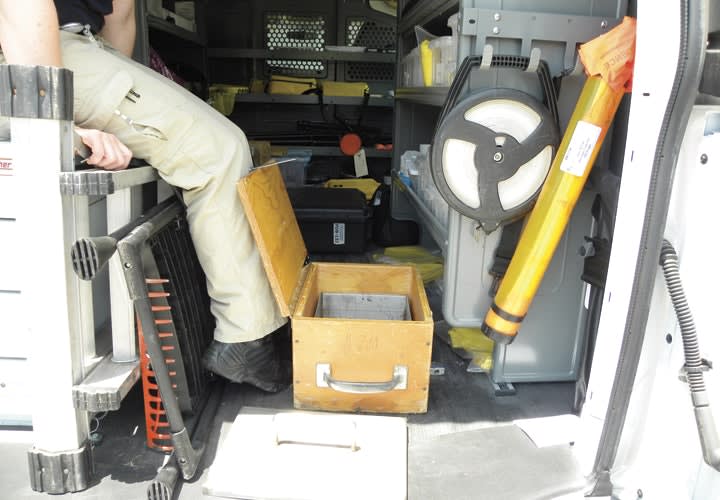That's probably true. The CMPD's property room is as expansive as any other major law enforcement agency's evidence repository. It is organized into shelf after shelf of general evidence, vaults for handguns, vaults for long guns, vaults for drugs, coolers for DUI blood samples, and safes for small valuables. The collection of some 220,000 items of evidence is overwhelming.
Making sure that all of this property is available to detectives for their investigations and returned to owners or properly disposed of when the time comes is one of Russell's primary responsibilities. It's his goal to implement technologies and policies that will reduce the amount of time officers and crime scene techs have to spend on property reports. He also wants to make sure property is returned to owners or disposed of in a timely fashion in order to reduce the amount of evidence the department is holding.
Since last spring Russell has, with the support of the department's command staff, implemented a computerized evidence management system. The heart of the system is software from Porter Lee Corp. called PLIMS (Property and Laboratory Information Management System). Evidence is entered into the system usually by officers or crime scene techs via PLIMS and assigned a barcode so that all concerned personnel can easily track it.
Russell says PLIMS is a vast improvement over the department's previous system. "If an officer brought in guns, drugs, and money, he or she would have to fill out three different property sheets because of the way we stored the stuff in the past," he explains. The old system was even more taxing on the department's crime scene techs. "It wasn't uncommon that for a major crime scene our crime scene search people had to do 50 property sheets. They love the new system."
Force Multiplier













